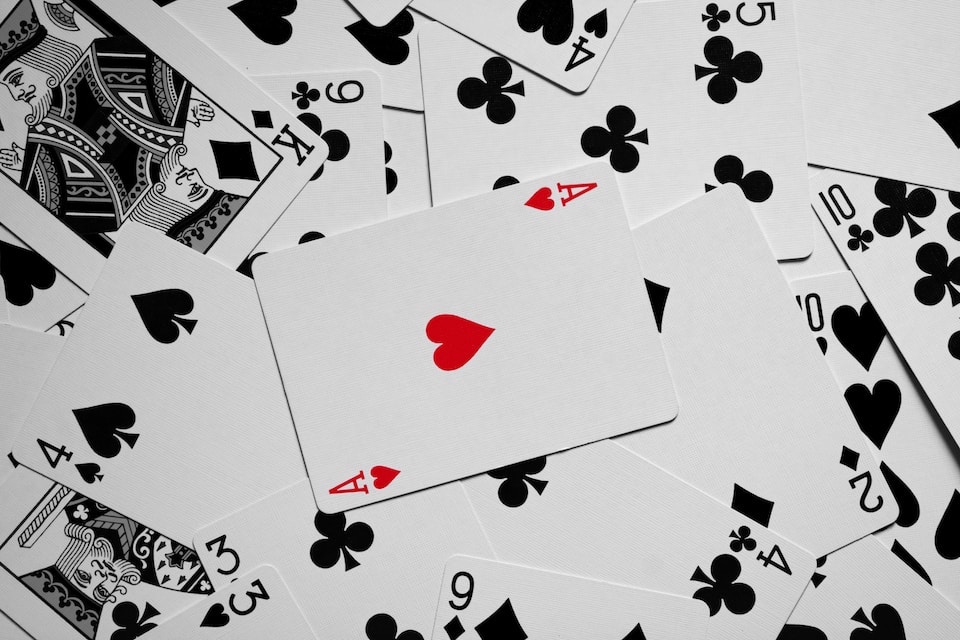Table of Contents
Bridge is a classic and sophisticated card game that has been played and cherished by millions worldwide for over a century. It combines elements of strategy, communication, and teamwork, making it a favourite among players of all ages. The game was reportedly first played in the early 19th century, and since then, it has evolved into a refined and intellectually stimulating pastime. Whether you’re a complete beginner or an experienced player looking to sharpen your skills, this comprehensive guide will walk you through the fundamental rules, strategies, and tips to play bridge like a seasoned pro.
Understanding the Basics of Bridge
Bridge is played with a standard deck of 52 cards, divided into four suits: Spades, Hearts, Diamonds, and Clubs. Each suit is ranked from high to low: Ace (highest), King, Queen, Jack, 10, 9, 8, 7, 6, 5, 4, 3, 2 (lowest). The game requires four players, divided into two partnerships, sitting across from each other. The four players are traditionally referred to as North, South, East, and West. North and South are partners, as are East and West. The game is typically played clockwise, and each player is dealt 13 cards.
Bidding: The Heart of the Game
Bidding is a crucial aspect of bridge, as it determines the contract for the hand. Each player has the opportunity to make a bid, indicating the number of tricks their partnership expects to win in a particular suit or with no-trump (no trump suit). The highest bid becomes the contract, and the partnership that wins the bid will try to fulfil it during the play. The bidding process involves a series of calls, with each player either making a bid or passing. Bidding is a delicate dance of conveying information to your partner about the strength and distribution of your hand while also gathering information about their hand. Effective bidding requires a good understanding of various conventions and systems that players use to exchange information.
The Scoring System
The scoring system in bridge is based on points earned for fulfilling the contract or penalties for failing to do so. A successful contract earns points, while an unsuccessful one results in penalties for the opponents. The scoring is based on the number of tricks a partnership bids and makes, with bonuses for achieving certain milestones like game (making the contract at the 4-level) or slam (making a contract at the 6- or 7-level). The scoring system can seem complex at first, but it becomes more intuitive with practice. Understanding the scoring system is essential to developing winning strategies, as it directly influences the bidding decisions and risk management during the game.
Etiquette and Communication
Bridge is a game that heavily relies on communication and partnership understanding. Players must adhere to certain etiquette rules to maintain a pleasant and respectful atmosphere during the game. Avoiding table talk, where players discuss their hands or the bidding inappropriately, is crucial to the integrity of the game. Instead, bridge players use bidding boxes, a system of pre-printed bidding cards, to convey their bids without verbal communication. This ensures that the bidding process is fair and consistent for all players. Additionally, players must be attentive to the opponents’ signals and avoid any behaviour that might signal the strength or weakness of their hand.
Strategies for Success
Hand Evaluation
Assessing the strength of your hand is crucial when bidding. Use the point-count system to evaluate your hand’s overall value. High card points are awarded for each ace (4 points), king (3 points), queen (2 points), and jack (1 point) in your hand. Add up these points and consider distribution, as hands with long suits and fewer losers may be worth more than their point count suggests. Be cautious when bidding with borderline hands, as overbidding can lead to penalties.
Opening Bids
The opening bid sets the tone for the bidding process. In general, players should aim to open with at least 12 high card points and a balanced distribution. A balanced distribution means having a similar number of cards in each suit, with no voids (no cards in a suit) and no singletons (only one card in a suit). However, there are various conventions and systems players can use to convey more specific information to their partners. For instance, the Strong 2 Clubs opening bid is a popular convention used to show a very strong hand with at least 22 high card points.
Responding to Bids
Once the opening bid is made, the responder can either pass, make a new bid, or support the opener’s suit. Responding to bids requires a balance between caution and aggressiveness, considering your own hand strength and the information from your partner’s bid. If your partner opens the bidding with a suit, supporting their suit can indicate strength in that suit and help establish a good fit between your hands. Responding with a new suit at the 1-level can indicate a weak hand with at least a 5-card suit.
Overcalls and Doubles
Overcalling is a bid made by the player after an opponent’s bid. It aims to disrupt the opponents’ communication and find the best fit for your partnership. Overcalls are typically made when you have a strong hand and a good suit to bid. For example, if the opponent opens the bidding with 1 Heart, and you hold a strong hand with at least 5 Spades, you could make an overcall of 1 Spade. This signals to your partner that you have a strong Spade suit and some high card points.
Doubling, on the other hand, signals confidence in defeating the opponents’ contract. Doubling an opponent’s bid can be a pre-emptive move to gain points when you believe the opponents will not be able to fulfil their contract. There are also various conventions for specific double meanings, such as the Negative Double, which shows shortness in the suit bid by the opponent.
Defensive Play
Defence is just as important as bidding in bridge. Pay attention to opponents’ signals, and work closely with your partner to disrupt their communication and take control of the play. During the play, players must follow suit if they have a card of the same suit led by the declarer (the player who won the contract). If you don’t have a card of the suit led, you can play a trump card (if the contract is in a trump suit) or discard a card from another suit. Understanding and using signals, such as playing a high card to show strength or a low card to show weakness, can greatly improve your defensive skills.
Conventions and Systems
Stayman Convention
Stayman is a popular bidding convention used when the responder has a 4-card major suit and wants to investigate the possibility of playing in a major suit contract. If the responder’s partner opens the bidding with 1 No Trump, the responder can make a bid of 2 Clubs. This bid does not indicate a preference for Clubs but instead asks the opener if they have a 4-card major suit. If the opener has a 4-card major suit, they will bid it, and the partnership can explore playing in that suit.
Blackwood Convention
Blackwood is employed when a partnership suspects they might have enough aces or key cards to bid for a slam contract. Key cards are the four aces (Ace, King, Queen, Jack) and the trump King. If one partner is interested in exploring a slam contract, they can make a bid of 4 No Trump. The partner then responds using a system of responses to show how many key cards they hold. This information helps the partnership assess whether a slam contract is feasible.
Jacoby Transfer
This convention helps find the best-suited fit between partners, usually in a major suit, after a notrump opening bid. For example, if the opener bids 1 No Trump and the responder holds at least a 5-card major suit, they can use the Jacoby Transfer by bidding the next higher-ranking suit at the 2-level (e.g., 2 Hearts after 1 No Trump). The opener is then required to bid the suit below the transferred suit (2 Spades in this case), allowing the responder to become the declarer in the major suit.
Two Over One Game Force
A modern bidding system that emphasises game-going hands and encourages exploration of game contracts more aggressively. In this system, if one partner makes a bid at the 2-level, it is forcing to game, meaning that the partnership must continue bidding until they reach a game contract or a higher level. This system helps partners explore higher-scoring contracts more efficiently.
Common Mistakes to Avoid
Overbidding
Overbidding can lead to higher-level contracts that are difficult to fulfil, resulting in penalties. While it’s important to explore the potential for higher-scoring contracts, overestimating the strength of your hand can lead to disastrous results.
Underbidding
Being overly cautious and underbidding can prevent the partnership from exploring higher-scoring contracts. While you should be cautious with weak hands, it’s also essential to be open to the possibilities presented by your hand and your partner’s bids.
Lack of Communication
Failure to communicate effectively with your partner can lead to misinterpretations and missed opportunities. Bridge is a team game, and effective communication is the key to success. Take the time to develop a system of signals and conventions with your partner to ensure you’re on the same page during the bidding and play.
Conclusion
Bridge is an intellectually stimulating and socially rewarding card game that transcends generations. By understanding the game’s rules, strategies, and etiquette, you can experience the joy and satisfaction of a well-played hand. From bidding tactics to defensive play, this comprehensive guide has equipped you with the knowledge needed to excel at bridge. So, gather your friends and partners, and let the games begin! Embrace the camaraderie, embrace the strategy, and embark on a journey into the captivating world of bridge.





